We may earn money or products from the companies mentioned in this post. This means if you click on the link and purchase the item, I will receive a small commission at no extra cost to you ... you're just helping re-supply our family's travel fund.

On one day alone, nearly 7,000 flights ran late, an early snapshot of a record‑length shutdown thinning critical staffing across air traffic control and security. Ordinary busy days now tip into nationwide slowdowns. These nine numbers show the arc: the raw delay counts, why they are spiking, how airline networks and regions get bottlenecked, and the weekly billion‑dollar hit echoing across the travel economy.
Nearly 7,000 Flights Delayed In A Day
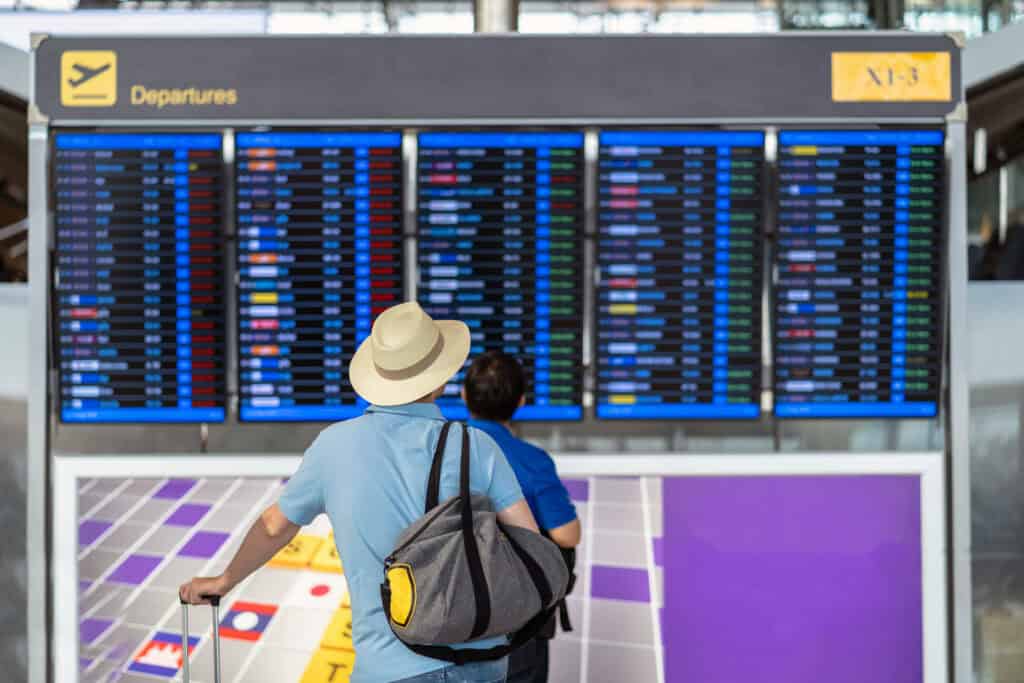
As the shutdown hit Day 27, nearly 7,000 flights were delayed in a single day, with the FAA instituting ground‑delay programs at Newark, Austin, and DFW to manage thin staffing. That kind of system‑wide braking turns small schedule slips into hours‑long headaches, as crews time out and aircraft miss their next rotations. This is how localized problems balloon into national gridlock when the system runs with little slack.
8,800 Delays The Day Before

The previous day’s 8,800 delays show this is not a one‑day blip but a rolling cascade. When nights end with aircraft and crews out of position, mornings start behind, and each pushback fights for scarce controller bandwidth. That is the mechanics of a delay spiral. One rough day practically guarantees the next one struggles too as crews face duty limits and aircraft miss slots.
44% Of Delays Tied To Absences
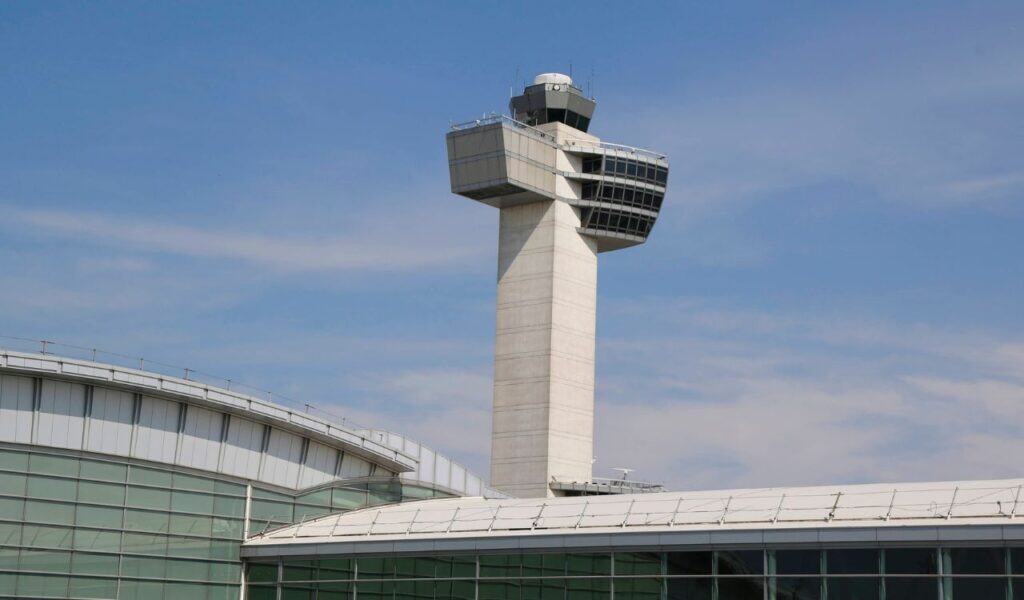
On Sunday, 44% of delays were attributed to controller absences, versus a typical 5%, putting hard math behind the pain travelers feel. Fewer controllers mean wider spacing between planes and slower flows, which preserves safety but chokes throughput at the very hours airports need every bit of capacity. The result is longer lines on the ground and airborne holding that saps efficiency.
63,000 Critical Staff Unpaid
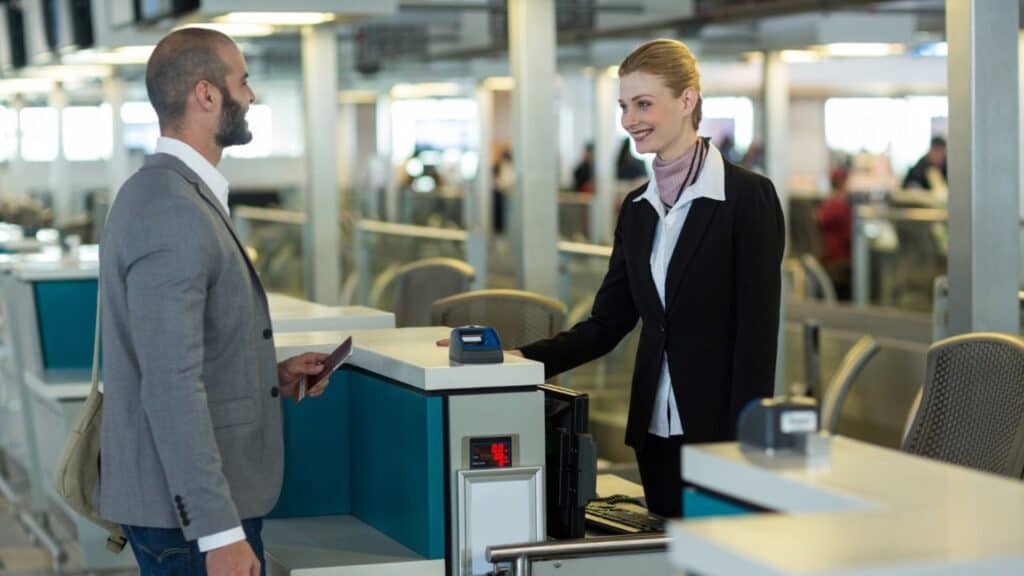
Around 13,000 air traffic controllers and 50,000 TSA officers are working without pay, a recipe for fatigue, financial stress, and callouts. Unpaid status saps morale, checkpoint lanes open later or with fewer officers, and even small slowdowns upstream translate into missed slots and longer gate holds down the line. Those minutes add up across a hub and then across the network.
3,500‑Controller Staffing Gap
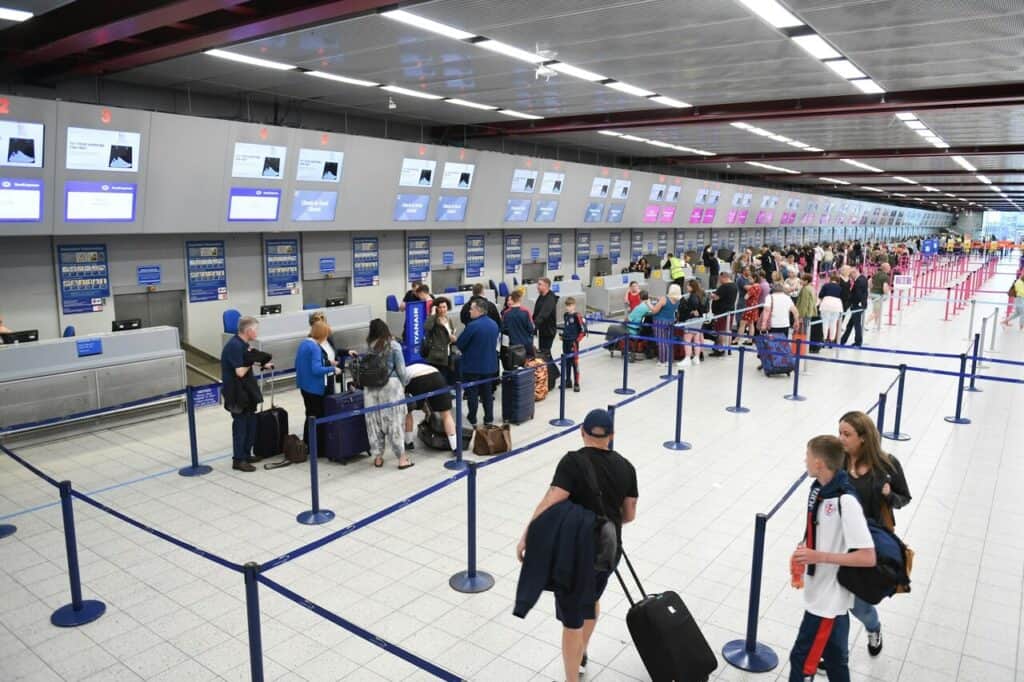
The FAA was already about 3,500 controllers short of target levels before the shutdown, after years of training bottlenecks and attrition. With no slack in the system, each absence has an outsized effect, turning what might have been isolated slowdowns into region‑wide restrictions that last all day. It is the difference between coping during peaks and cutting flows.
Airline Delay Rates Up To 47%
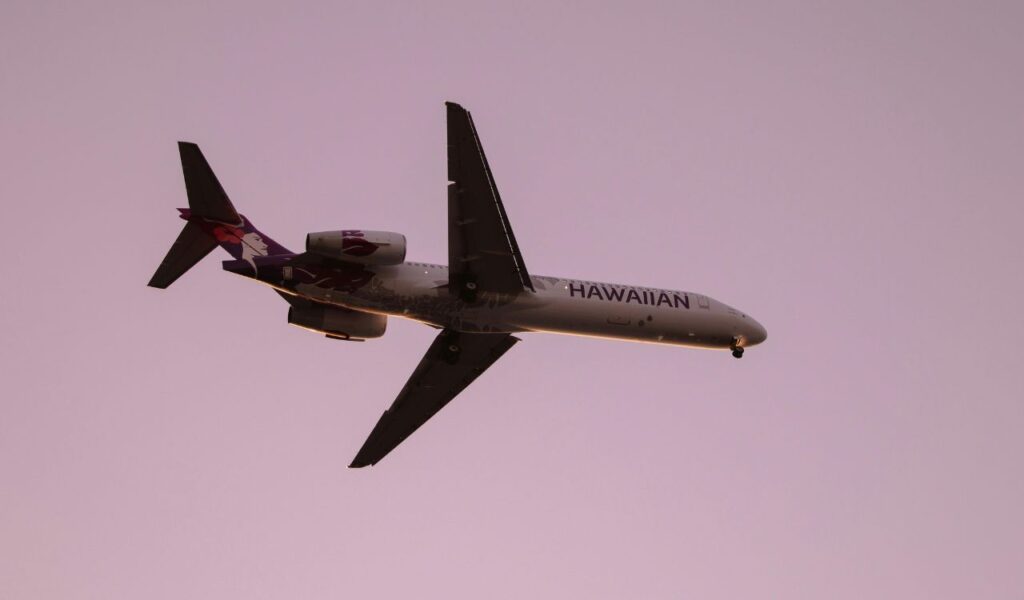
The knock‑on effects are brutal. Southwest had 47% of its Sunday flights delayed, American 36%, United 27%, and Delta 21%. Airlines run on tight turns and legal duty limits. Once the ATC flow slows, crews time out and aircraft miss rotations, spreading disruption far beyond any one airport’s perimeter fence. Recovery then takes multiple cycles.
Southeast Bottleneck Via Atlanta TRACON
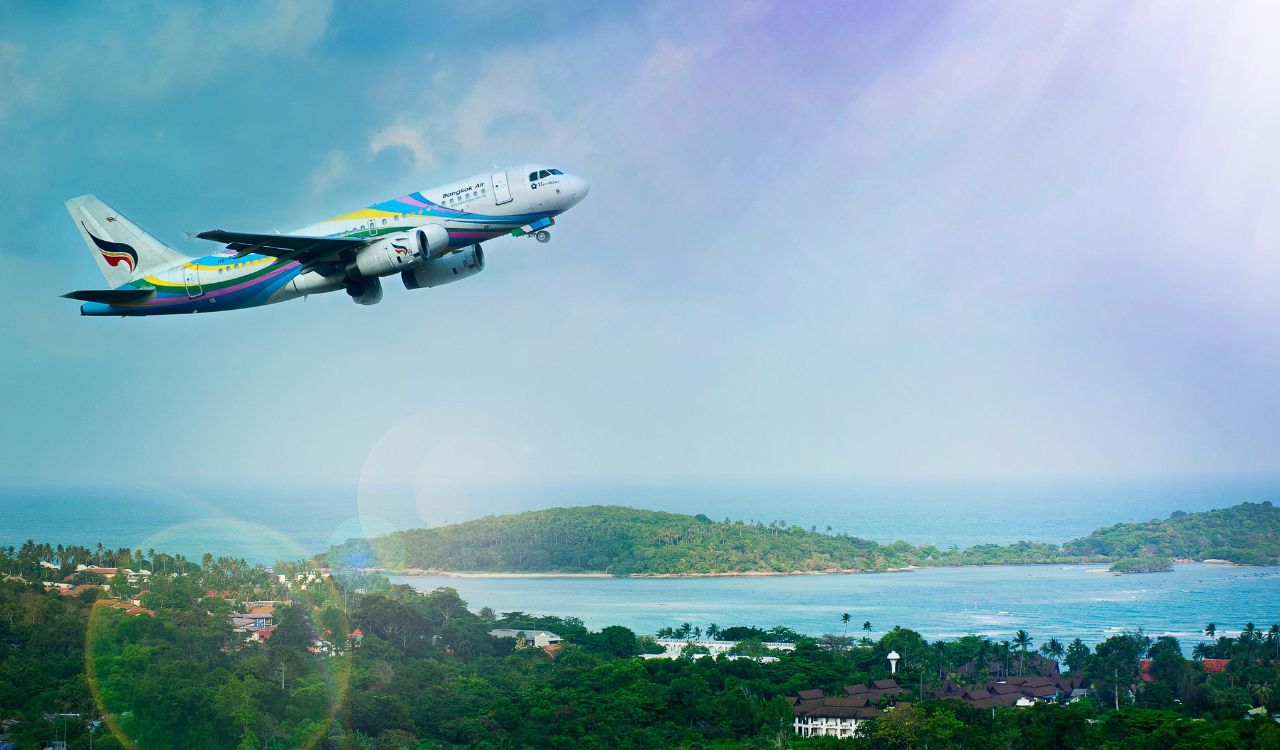
Shortages at Atlanta TRACON forced broader Southeast flow controls, a case study in how one critical node throttles multiple states. When a major approach facility slows arrivals and departures, upstream towers hold and reroute traffic, exporting delays to cities that look on the map miles from the trouble spot. The ripple effect shows up in missed connections.
Record‑Length Window: Day 34–35

The Day 34–35 window signals record territory for shutdowns, and that matters operationally. Prolonged unpaid stretches historically drive more callouts and capacity reductions. The longer the squeeze, the more the system shifts from coping to conserving, with trimmed schedules and travelers deferring trips as reliability erodes.
$1 Billion Lost Per Week

The travel economy is shedding about $1 billion per week, according to U.S. Travel Association estimates, a clean, sobering roll‑up of both operational choke points and shaken demand. It is not just airlines. Hotels, airports, attractions, and business travel feel the drag, turning late departures into a wider tourism slump that grows with each passing week.